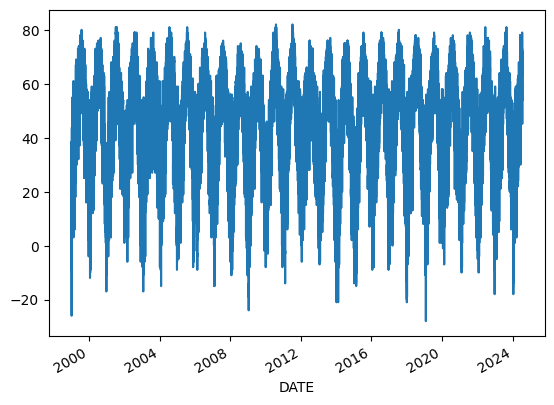Positive Matrices and Extendability
Along with my colleagues under the supervision of Professor Thomas Sinclair, I'm investigating positive mappings and their extensions. We are working on a paper that has established a thorough groundwork for understanding positive mappings and their lifts via the untanglement mapping, 𝜏. The paper demonstrates the essential properties of 𝜏 and the matrix representations of 𝜏 and its inverse, revealing their influence on positive mappings. Finally, the paper presents and proves the Untanglement Theorem, which asserts that a positive lifting exists if and only if the map can be untangled, thus exploring its implications in lifting positive maps. The code can be found in the GitHub and draws on a blend of disciplines including linear programming, optimization, and machine learning (particularly SVMs). We developed methods to create, classify, and visualize the mappings.
We proved Farkas' lemma using and connecting to the hyperplane separation theorem (proof) using basic linear algebra and convex optimization. We also developed methods to verify classifiers to distinguish between liftable and nonliftable maps. Furthermore, we acquired insights into positive mappings and how to make them extend in our paper.


